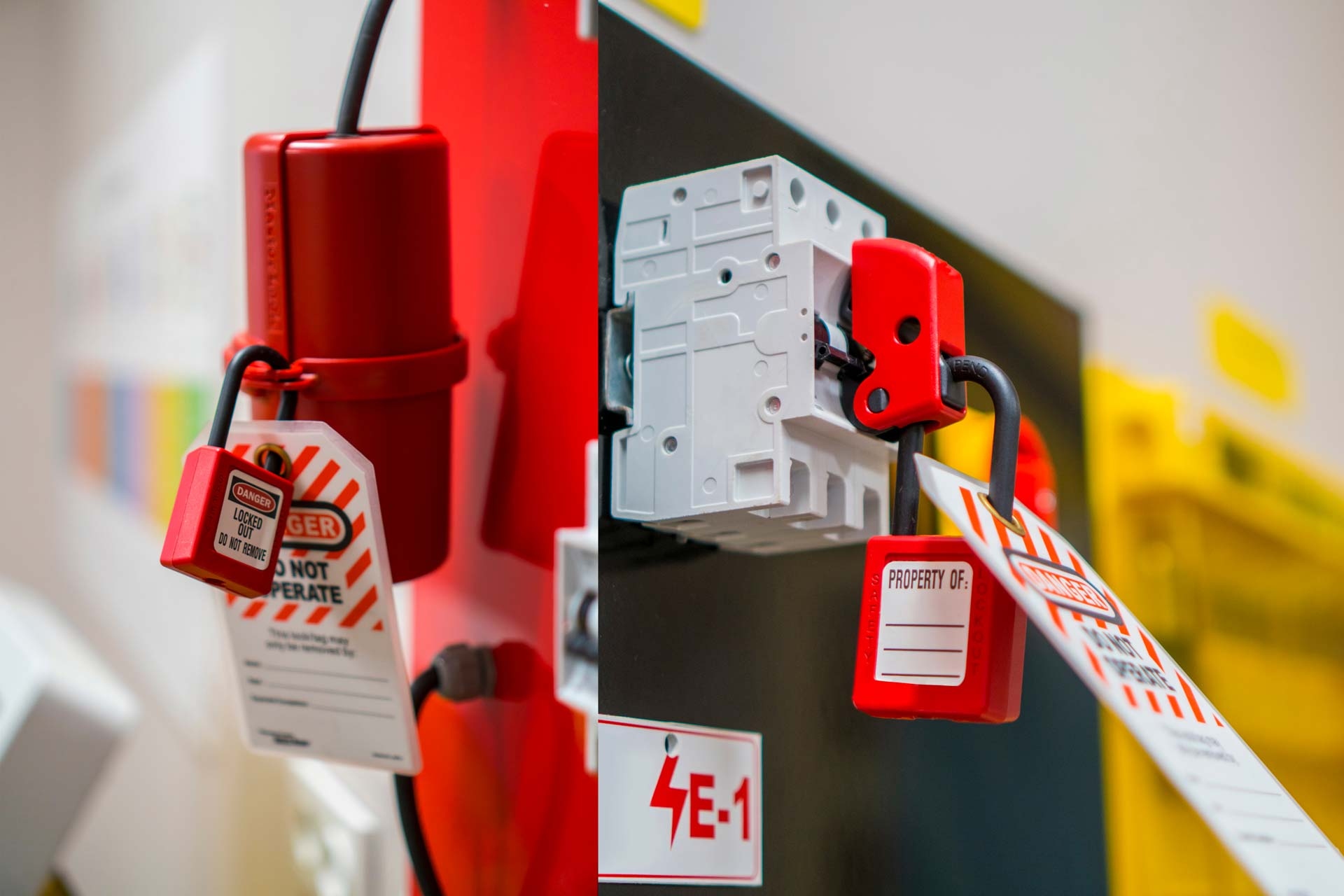Safety is of utmost importance in industrial and manufacturing settings. Critical safety protocols known as lockout/tagout (LOTO) systems are intended to shield personnel from potentially harmful energy discharges while doing maintenance and repair on machines. Lockout/Tagout/Verify (LOTOTO) has become an improved method due to changing safety criteria. The definitions of LOTO and LOTOTO, a comparison of the two systems, and the transition from LOTO to LOTOTO will all be covered in this blog post.

LOTO stands for Lockout/Tagout, a safety procedure used to ensure that dangerous machines are properly shut off and not started up again before the completion of maintenance or repair work. This procedure involves locking and tagging the energy-isolating devices to prevent accidental startup or release of stored energy, thereby protecting workers from hazardous energy releases.
LOTOTO stands for Lockout/Tagout/Tryout, which is an enhanced version of the LOTO system. The addition of “Tryout” involves testing the machinery after the lockout/tagout process to ensure that it cannot be powered on, confirming the effectiveness of the isolation.
LOTOTO emphasizes not only locking and tagging equipment but also actively trying to start the machinery to confirm that it has been effectively isolated. This additional step, “tryout,” reduces the risk of accidental energization even further, enhancing worker safety.
While LOTO and LOTOTO are similar, the key difference lies in the “tryout” step of LOTOTO. Here’s a comparison:
| Aspect | LOTO | LOTOTO |
|---|---|---|
| Lockout | Yes | Yes |
| Tagout | Yes | Yes |
| Verification | Yes (in some practices) | Yes (mandatory “tryout”) |
| Safety Level | High | Higher |
The primary reason for switching from LOTO to LOTOTO is enhanced safety. The “tryout” step provides an additional layer of verification, ensuring that the machinery cannot be inadvertently activated. This is particularly crucial in complex industrial environments where multiple energy sources may exist.
LOTOTO provides an additional safety step (“tryout”), which ensures that the machinery is completely de-energized and cannot be started, thereby offering a higher level of safety.
While LOTOTO is not universally mandatory, it is considered best practice in many industries and is increasingly being adopted to enhance workplace safety.
Effective implementation requires thorough training, clear communication, and regular audits to ensure compliance and effectiveness of the LOTOTO procedures.
Challenges include the need for additional training, potential resistance to change from employees, and the need to update documentation and procedures to incorporate the “tryout” step.
Yes, LOTOTO can be applied to all types of machinery, especially those with multiple energy sources or complex configurations where accidental energization could pose significant risks.
The transition from LOTO to LOTOTO represents a significant step forward in enhancing workplace safety. By incorporating the “tryout” step, LOTOTO provides an additional layer of protection, ensuring that machinery is effectively locked out and safe for maintenance and repair. As industries continue to prioritize safety, adopting LOTOTO practices will become increasingly important to protect workers and prevent accidents.
Want To Learn More? Click Here To View Product Details!